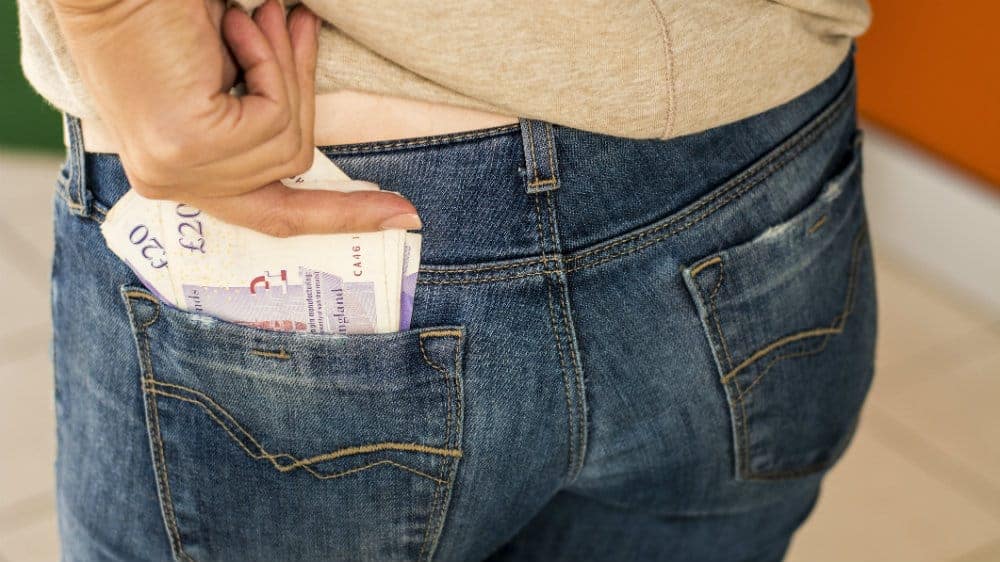I’ve a large lump sum of £10,000 languishing in a Cash ISA. As it turns out, I’m not alone. According to data from HMRC, more than 70% of savers who opened an ISA in the 2019/2020 tax year opted for a Cash ISA, despite the dismal returns available.
Indeed, the best easy access Cash ISA available on the market currently offers an interest rate of 0.65%. I know it could be possible to earn a much higher rate of return by investing my hard-earned money in the stock market. It’s possible to do this as Cash ISAs and Stocks and Shares ISAs are now interchangeable.
But where should I invest this lump sum for inflation-busting returns?
Inflation-busting returns
In an inflationary environment, the companies that prosper tend to be those that can increase their prices without having to worry about a consumer backlash. Generally speaking, these are businesses with strong brands and global footprints.
Two great examples are Unilever and Diageo. Both of these businesses own a broad portfolio of high-quality brands. That should allow them to pass price increases on to consumers. In the case of Diageo, the company also owns a portfolio of luxury drinks brands, which should enable the organisation to hike prices significantly as wealthy buyers are unlikely to be put off.
Considering these qualities, I’d buy both of these stocks with my Cash ISA balance today in a Stocks and Shares ISA. They both also offer inflation-busting dividend yields of between 2% and 4%. Although, as dividends are distributed out of company profits, there will always be a risk the organisations will cut these payouts.
Cash ISA replacement
A major downside of buying individual stocks and shares is that picking these equities can be challenging. Even the professionals get it wrong regularly. That’s why I’d also buy an investment fund with my £10,000 balance.
One fund I think meets the investment goals I’ve laid out is the Personal Assets Trust. This investment trust owns a portfolio of assets, more than a third of which is currently invested in inflation-linked bonds. The rest is spread between high-quality companies and gold bullion.
This portfolio has been constructed with the single aim of protecting investors’ capital from inflation and equity market volatility. Unfortunately, the trust’s managers can’t guarantee this, but they can improve the odds of success by focusing on high-quality defensive positions.
This brings me onto possibly the most prominent risk involved in buying stocks and shares over owning a Cash ISA. Cash is the safest asset there is and moving my money into stocks and shares will expose me to risks. It’ll be impossible to avoid these risks.
As such, this investment approach may not be suitable for all investors for that reason. There’ll always be a risk I could lose 5% or 10% of my money in just a few days if I invest it in the stock market, no matter how careful I am.
Despite these risks, I’d invest my £10,000 lump sum using the approach outlined above.








